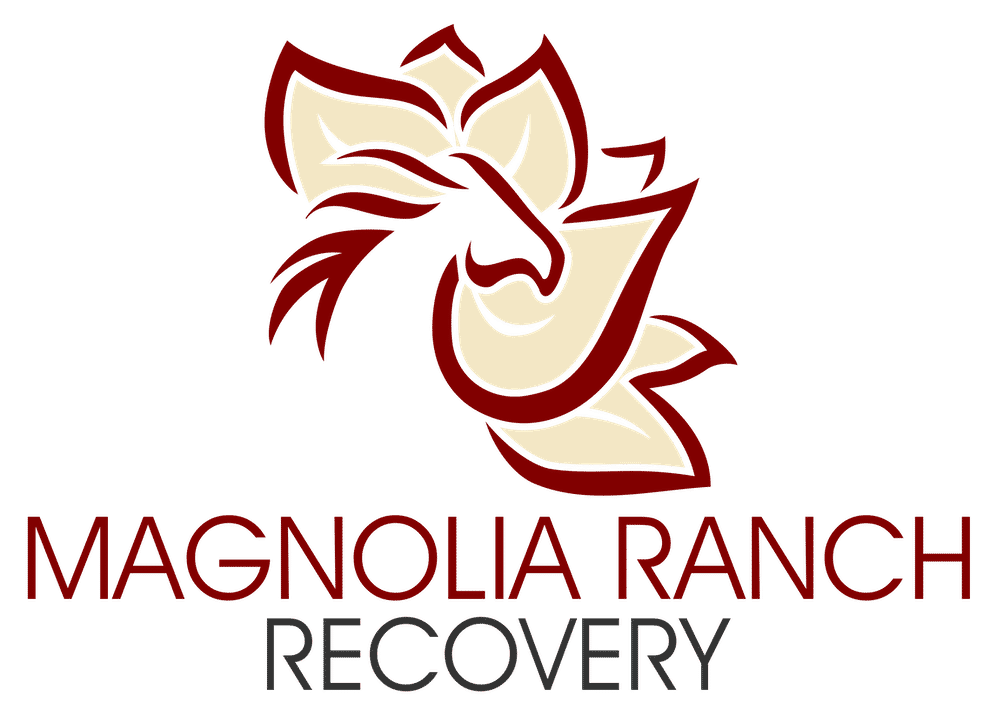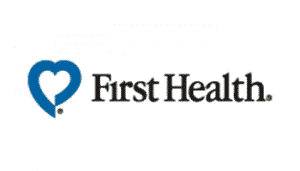Fentanyl, a synthetic opioid, is often prescribed for pain relief but is also notorious for its abuse potential. Recognizing fentanyl overdose symptoms is a critical step in saving lives, as the misuse of this powerful substance can lead to severe health consequences, even death. This article aims to provide you with an in-depth understanding of fentanyl overdose, empowering you with the knowledge needed to recognize the signs, prevent an occurrence, and take the right actions if faced with this situation.
Understanding Fentanyl-What Is Fentanyl?
Fentanyl, a powerful synthetic opioid, has a range of applications, primarily in the medical field, but also has a dark side as a substance prone to abuse and lethal overdoses. Understanding this complex compound requires a comprehensive look at its structure, uses, effects, and risks.
A Closer Look at Fentanyl’s Structure and Function
As a synthetic opioid, fentanyl has been designed to mimic natural opiates like morphine. The reason it is so much more potent, however, lies in its chemical structure.
Chemical Structure
Fentanyl’s chemical structure allows it to bind very tightly to the body’s opioid receptors, which are part of the brain’s pain management system. The chemical configuration is such that a small amount of fentanyl can create a powerful effect.
Mode of Action
Fentanyl operates by attaching itself to the opioid receptors in the brain, increasing dopamine levels, and creating a state of relaxation and euphoria. This is what makes it so effective for pain management but also puts users at risk for dependence and addiction.
Prescription vs. Illicit Fentanyl
Understanding the distinction between prescription fentanyl and illicit fentanyl is crucial for recognizing the inherent dangers and risks associated with its use.
Prescription Fentanyl
Prescription fentanyl is legally produced and prescribed by medical professionals for legitimate medical purposes. It’s used in various forms such as patches, injections, and lozenges.
Uses
- Post-surgical Pain: Often used in hospitals for recovery after surgery.
- Chronic Pain Management: Particularly for cancer patients who need consistent pain relief.
- Palliative Care: For those in end-of-life care needing strong pain management.
Regulation and Safety Measures
The medical community and regulatory bodies like the FDA closely monitor prescription fentanyl. Safety protocols, guidelines, and patient education are designed to minimize the risk of overdose or abuse.
Illicit Fentanyl
Illicit fentanyl is manufactured and distributed illegally, often without quality control. This version is responsible for many overdose deaths, as it’s frequently mixed with other drugs.
Production and Distribution
Illegal laboratories produce fentanyl using varying methods and often mix it with other substances like heroin or cocaine to enhance effects. These combinations are incredibly unpredictable and often lead to fatal consequences.
Risks and Concerns
The unregulated nature of illicit fentanyl means that users are often unaware of what they’re ingesting. This ignorance leads to a much higher risk of overdose and death.
Fentanyl’s Impact on the Body
Fentanyl’s powerful effects on the body are both a blessing and a curse. While it offers profound pain relief, it also carries significant risks.
Positive Effects
- Pain Relief: It provides instant relief from severe pain.
- Anxiety Reduction: Some patients experience reduced anxiety or a feeling of euphoria.
Negative Effects
- Respiratory Depression: Fentanyl can slow or even stop breathing, leading to fatal overdoses.
- Addiction Potential: Its pleasurable effects can lead to dependence and addiction.
- Cognitive Impairments: Long-term use may lead to mental health issues and cognitive impairments.
Recognizing Fentanyl Overdose Symptoms
Physical Fentanyl Overdose Symptoms
Fentanyl overdose symptoms vary, but common physical signs include:
- Shallow or stopped breathing
- Pinpoint pupils
- Cold and clammy skin
- Weak pulse
- Nausea and vomiting
- Seizures
- Unresponsiveness or coma
Psychological Fentanyl Overdose Symptoms
In addition to physical symptoms, an overdose may cause:
- Confusion or disorientation
- Extreme drowsiness
- Paranoia
- Anxiety or panic attacks
Timeframe for Fentanyl Overdose Symptoms
The onset of symptoms can be rapid, sometimes within minutes of ingestion. Swift recognition and immediate action are crucial to prevent lasting damage or death.
Causes of Fentanyl Overdose
Dosage Errors
Prescription errors or misunderstanding dosage instructions can lead to accidental overdoses. Following medical advice and regular consultation with healthcare professionals is essential.
Drug Interactions
Combining fentanyl with other substances like alcohol or certain medications can increase the risk of overdose. Always consult with healthcare providers regarding potential drug interactions.
Recreational Misuse
Illegal or recreational use of fentanyl significantly raises the risk of overdose. This is often due to unknown concentrations and adulterations with other substances.
Prevention of Fentanyl Overdose
Educating Patients
Healthcare providers must educate patients about the risks, proper usage, and storage of fentanyl. Knowledge empowers patients to use the medication responsibly.
Proper Storage
Secure storage of fentanyl products helps prevent accidental ingestion by children or abuse by others.
Monitoring Prescription Usage
Regular follow-ups and monitoring can catch early signs of misuse and prevent potential overdoses.
Treating Fentanyl Overdose
Immediate Actions when Fentanyl Overdose are seen
- Call emergency services immediately
- Try to keep the person awake
- Administer naloxone if available
- Provide CPR if needed
Medical Interventions
Medical professionals may administer additional naloxone, provide respiratory support, and monitor vital signs to stabilize the patient.
Long-term Care
After initial treatment, ongoing care might include counseling, rehabilitation, or other interventions to address underlying addiction or mental health issues.
The Global Impact of Fentanyl Overdose
Statistical Overview
Fentanyl overdose is a global issue. In the United States alone, there were over 36,000 deaths involving synthetic opioids, including fentanyl, in 2019, according to the Centers for Disease Control and Prevention (CDC).
Societal Challenges
The ripple effect of fentanyl overdose reaches families, communities, and even national economies. The emotional, social, and financial toll is enormous.
Government Policies
Governments worldwide are implementing stricter regulations, public awareness campaigns, and support services to combat this crisis.
Personal Experiences with Fentanyl Overdose Symptoms
Real-Life Stories
Individuals who have been touched by fentanyl overdose have unique insights and lessons to share. Their stories shed light on the human aspect of this epidemic, providing motivation for prevention and empathy.
Lessons Learned
These experiences offer lessons in vigilance, compassion, and understanding that can aid others in recognizing and dealing with fentanyl overdose.
Personal Reflections
Personal accounts provide a window into the realities of addiction, struggle, recovery, and hope, inspiring others to act responsibly and seek help when needed.
Fentanyl Overdose in Special Populations
Children and Teens
Young people may accidentally ingest fentanyl or become victims of peer pressure and experimentation. Understanding how to approach these age groups is essential.
Elderly
The elderly may face challenges in managing medications, increasing the risk of accidental overdoses. Family members and caregivers must remain vigilant.
Substance Abuse Patients
People with pre-existing addiction issues are at higher risk. Tailored prevention and treatment approaches are necessary for this vulnerable group.
Fentanyl Overdose and Co-Occurring Disorders
Mental Health Disorders
Individuals with mental health disorders may misuse fentanyl, leading to overdose. Tailored approaches that address both mental health and addiction are vital.
Chronic Pain
Chronic pain patients
certainly need fentanyl for genuine reasons, but this puts them at risk if not managed properly. Special care, education, and monitoring are essential to prevent overdosing.
Addiction
Those already grappling with addiction may be particularly susceptible to fentanyl overdose. Comprehensive treatment that addresses addiction’s root causes is vital to reducing this risk.
Resources and Support for Fentanyl Overdose Victims
Hotlines
Several hotlines provide immediate assistance for fentanyl overdose, such as the National Helpline at 1-800-662-HELP (4357) in the United States. Quick access to these resources can be lifesaving.
Support Groups
Support groups offer emotional support for survivors, families, and those struggling with addiction, fostering a sense of community and shared understanding.
Rehabilitation Centers
Rehabilitation centers offer a structured environment for recovery, providing medical care, therapy, and education needed to overcome addiction and prevent future overdoses.
Call Magnolia Ranch Recovery Today
Fentanyl’s powerful and multifaceted nature makes it a vital medical tool, but its potency also leads to severe risks, including addiction and fatal overdoses. Recognizing the signs and understanding the risks is essential for both medical professionals and the general public.
If you or someone you know is struggling with addiction to fentanyl or other substances, it’s crucial to seek professional help. Magnolia Ranch Recovery offers comprehensive and compassionate care tailored to your unique needs. With a team of experienced professionals, they provide the support, therapy, and medical intervention necessary for recovery.
Contact Magnolia Ranch Recovery today to start your journey towards healing and regain control over your life. Their understanding and experienced staff are ready to assist you every step of the way, offering hope for a brighter, substance-free future.
Further Reading
For more information on fentanyl and substance abuse, consider exploring resources from the World Health Organization, Substance Abuse and Mental Health Services Administration, and other reputable organizations.


















